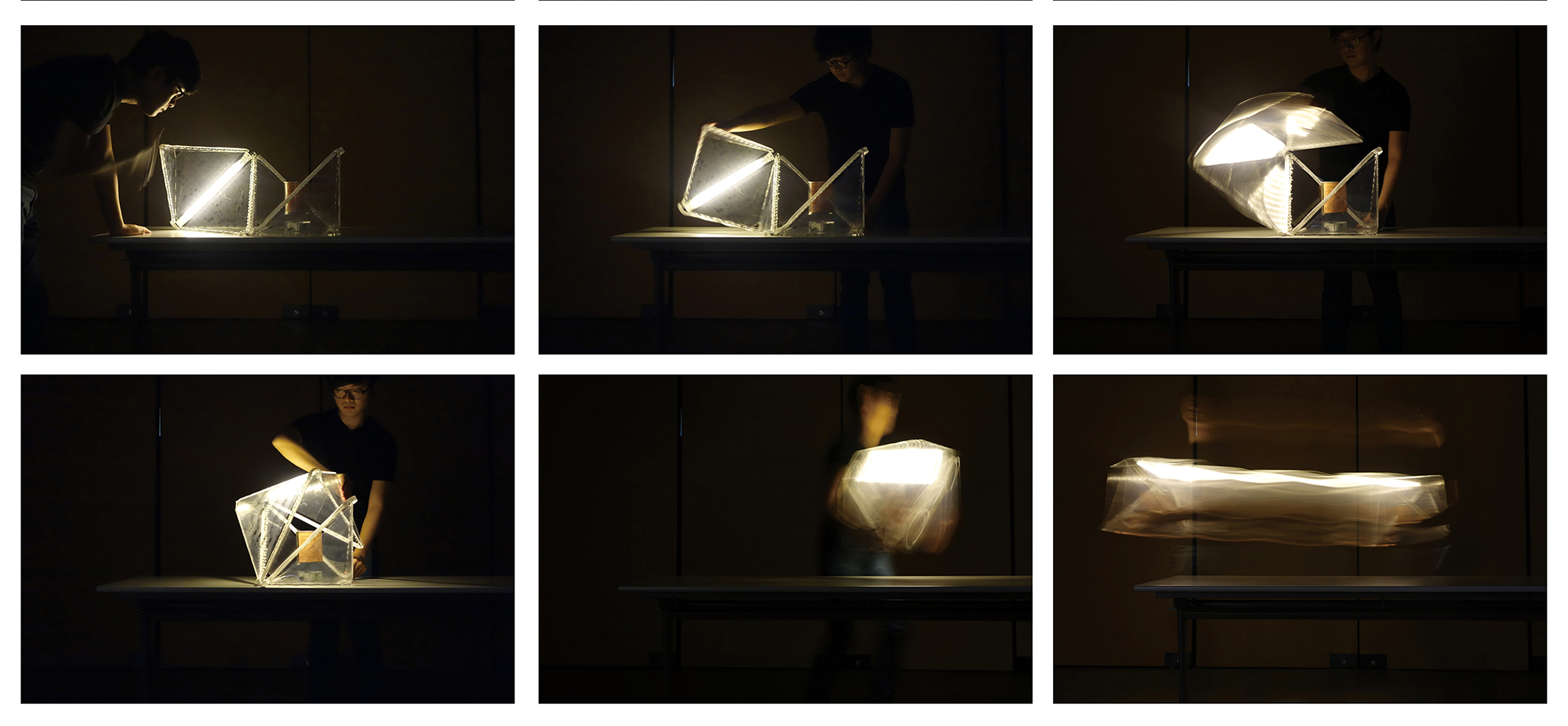A city’s identity can be characterized, and defined by its attitude towards the past, present and future. What and how a city chooses to collect and dispose of its artifacts, directly influence the memories of its people. A repository, which archives valuable records of the city and by extension, the collective memory of its people, is monuments to life. It celebrates the passing of time. It is the building that stores, what Ricardo Scofidio refers to as, the “former present, which remains autonomous and resists any later fabrication of meaning.”
What is a monument and what are its essential qualities? Must the key subject of what it commemorates tower in its significance or could it be a common object that simply cease to exist today? Does it demand a capricious shape or could it compose of modest geometric syntax? Must it be ambitious in scale or could it fit comfortably within a neighborhood?
These are the questions posed when considering the problem to the design of an urban repository, the topic of a MArch studio at the Chinese University of Hong Kong. Through the works of ten graduate students at the School of Architecture, Urban Repository, Memories & Artifactsexplore ideas of the archive by generating an architecture that stores, displays and celebrates the everyday object.
Concept model, CHEE King Hei Thomas

















